MRI detected cancers in the opposite breast of women newly diagnosed with breast cancer
On Mar. 28, 2007, Magnetic Resonance Imaging (MRI) scans of women who were diagnosed with cancer in one…
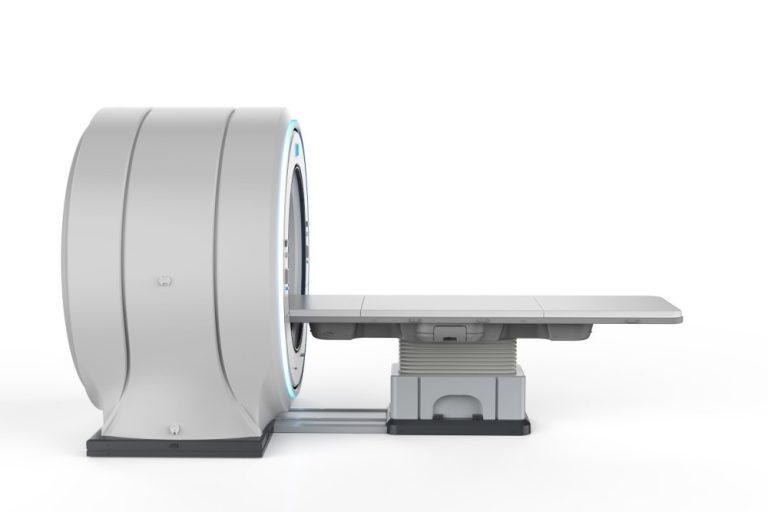
On Mar. 28, 2007, Magnetic Resonance Imaging (MRI) scans of women who were diagnosed with cancer in one…
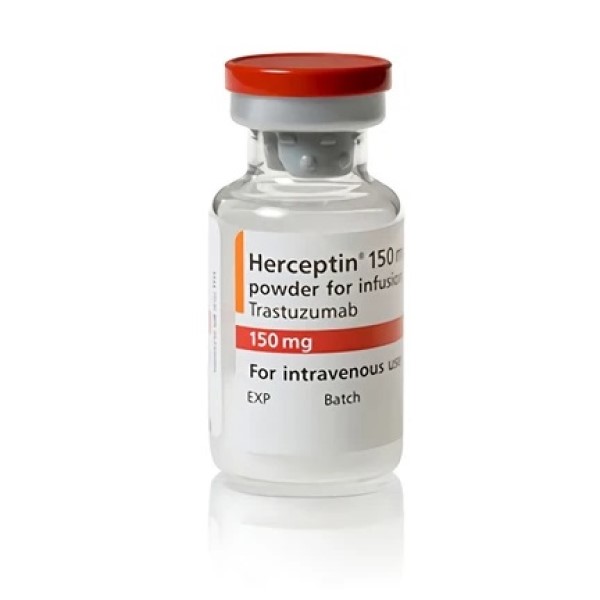
On Nov. 16, 2006, the U.S. Food and Drug Administration (FDA) approved Genentech’s trastuzumab (Herceptin) for use with…
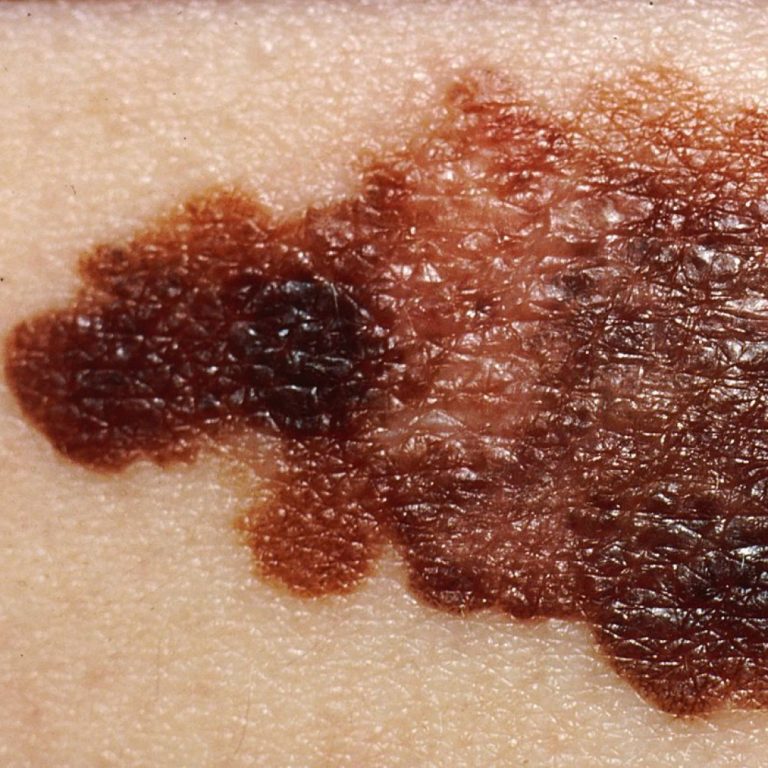
On Sept. 1, 2006, National Cancer Institute (NCI) researchers developed a new model for estimating the 5-year risk…
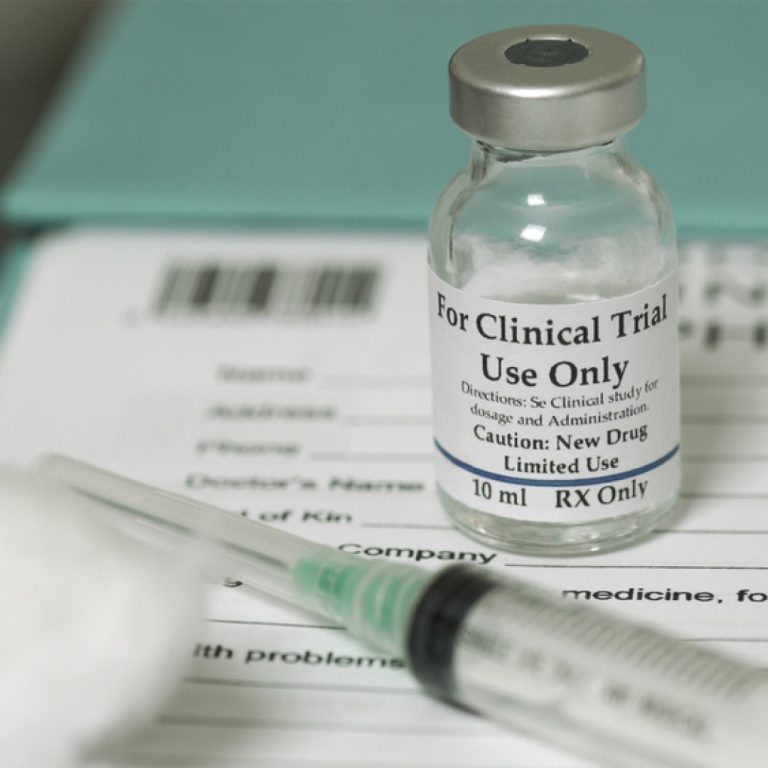
On May 23, 2006, the Trial Assigning IndividuaLized Options for Treatment (Rx), or TAILORx, was launched to examine…
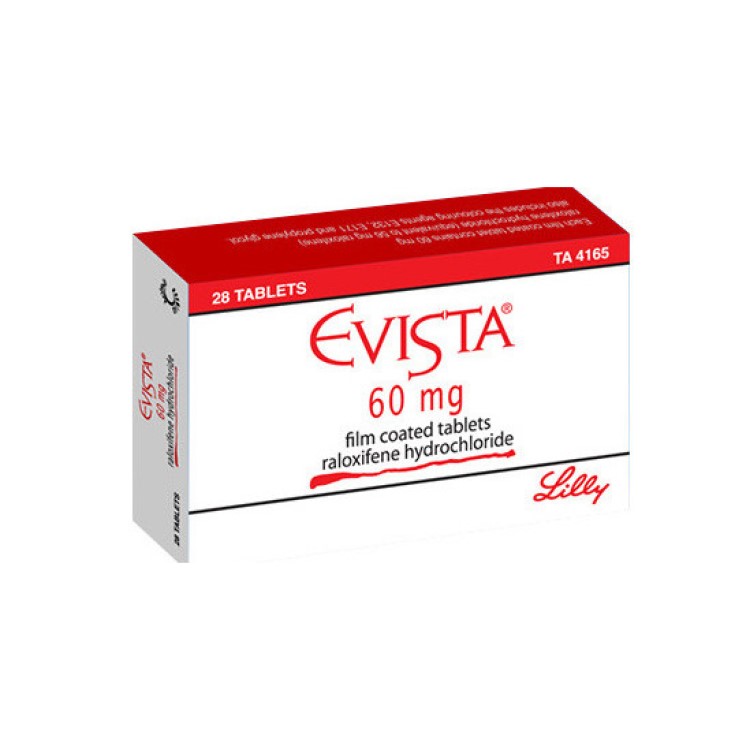
On Apr. 17, 2006, the National Cancer Institute (NCI) announced initial results of the Study of Tamoxifen and…
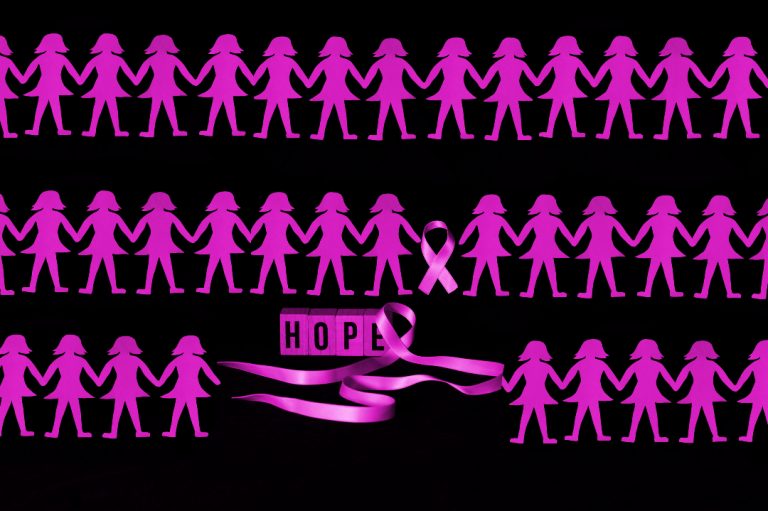
On Dec. 7, 2005, results from several studies presented at the San Antonio Breast Cancer Symposium validated that…
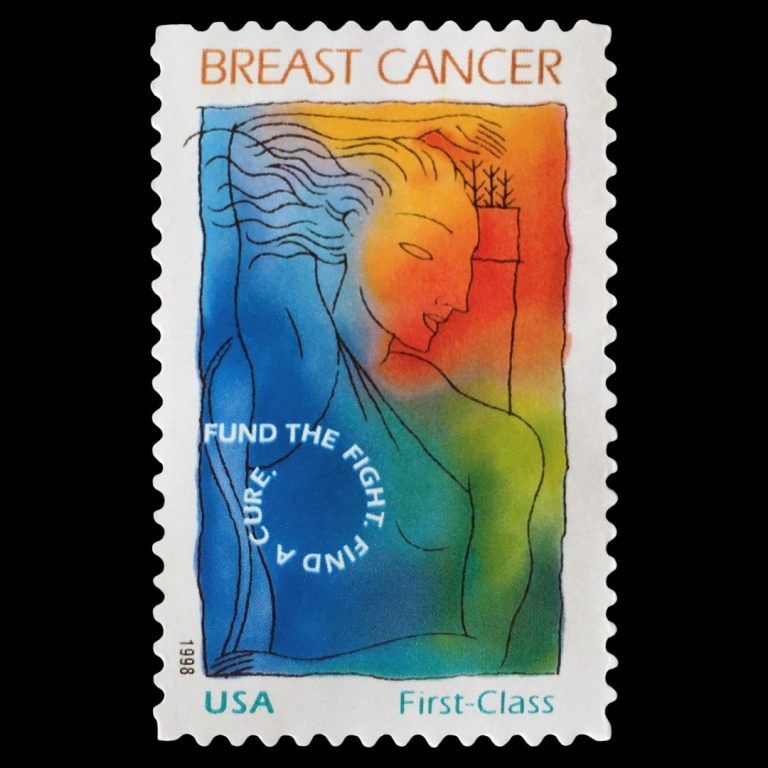
On Nov. 11, 2005, the U.S. Congress authorized the 2-year extension of Postage Stamp for Breast Cancer Research…
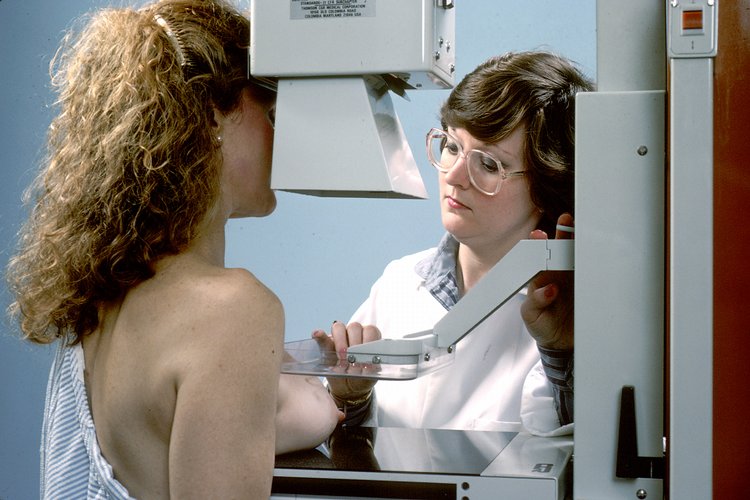
On Sept. 16, 2005, preliminary results from a large, clinical trial of digital vs. film mammography showed no…

On Apr. 27, 2005, results from two large National Cancer Institute sponsored randomized clinical trials showed that patients…
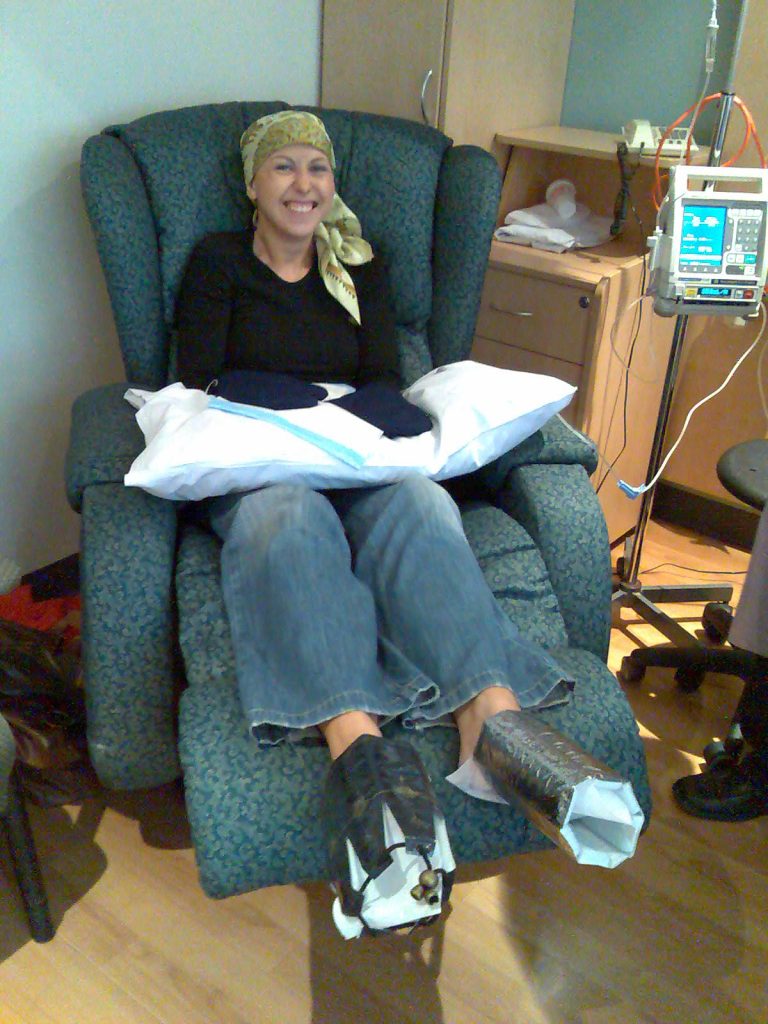
On Apr. 25, 2005, the combination of the targeted agent trastuzumab (Herceptin) and standard chemotherapy cuts the risk…

In Jan. 2005, the U.S. Food and Drug Administration (FDA) approved an albumin-stabilized nanoparticle formulation of paclitaxel (Abraxane)…
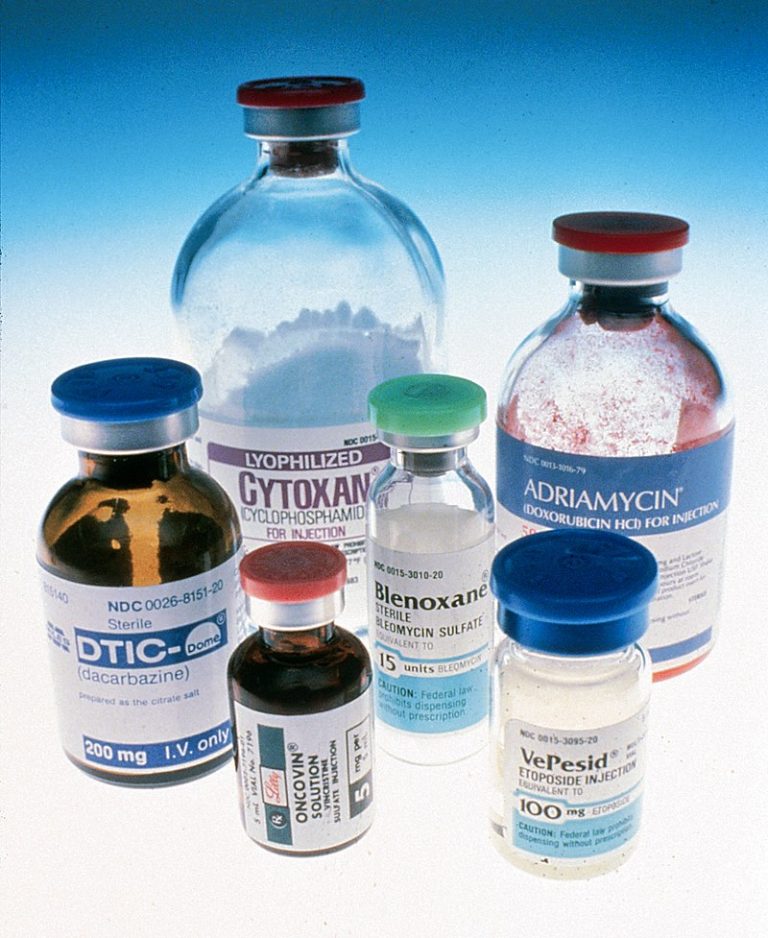
On Dec. 10, 2004, a National Cancer Institute (NCI) supported study determined that a new molecular test done…
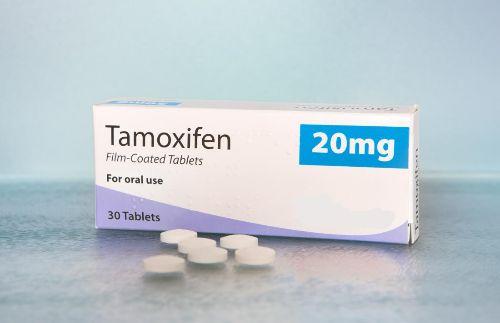
On Oct. 29, 2004, the U.S. Food and Drug Administration (FDA) approved Letrozole for the extended adjuvant treatment…

In 2004, data from the Women’s Health Initiative (WHI) study show that women who take estrogen in combination…
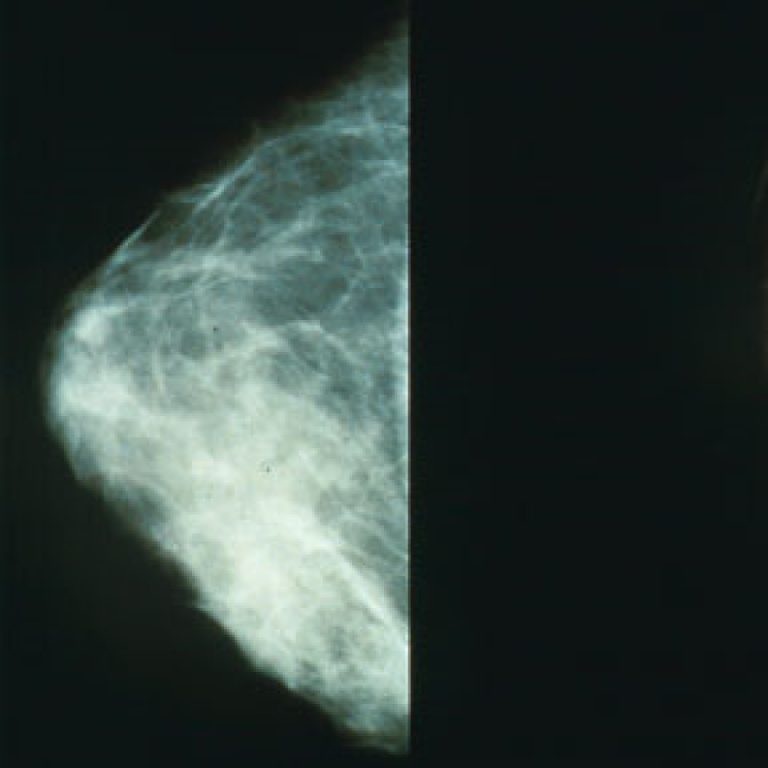
In 2004, the world’s first use of low-dose radioactive palladium ‘seeds’ as used to treat breast cancer patients…
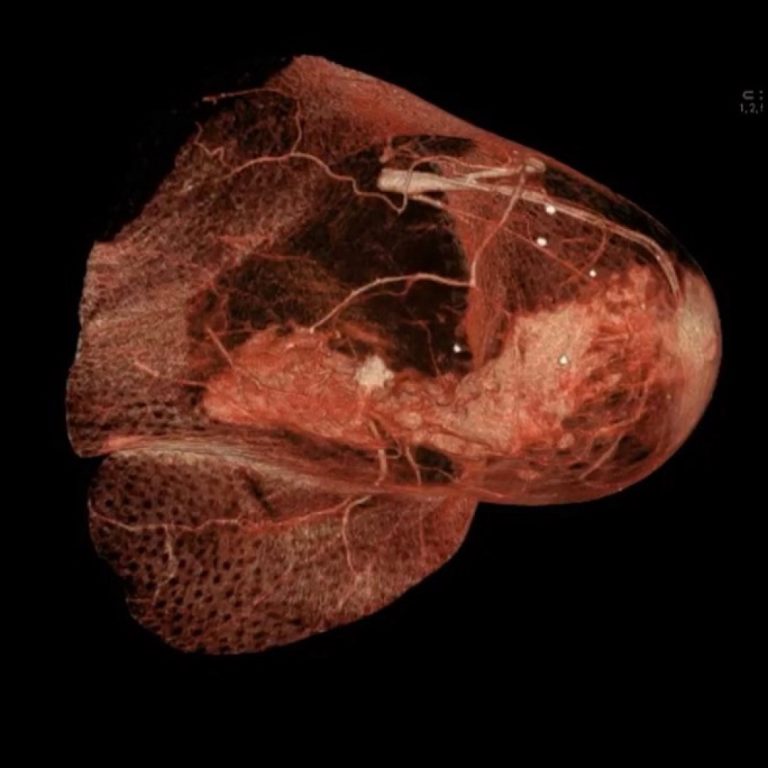
On Nov. 19, 2003, a novel approach to treatment of solid cancers involved therapeutic agents that inhibit the…
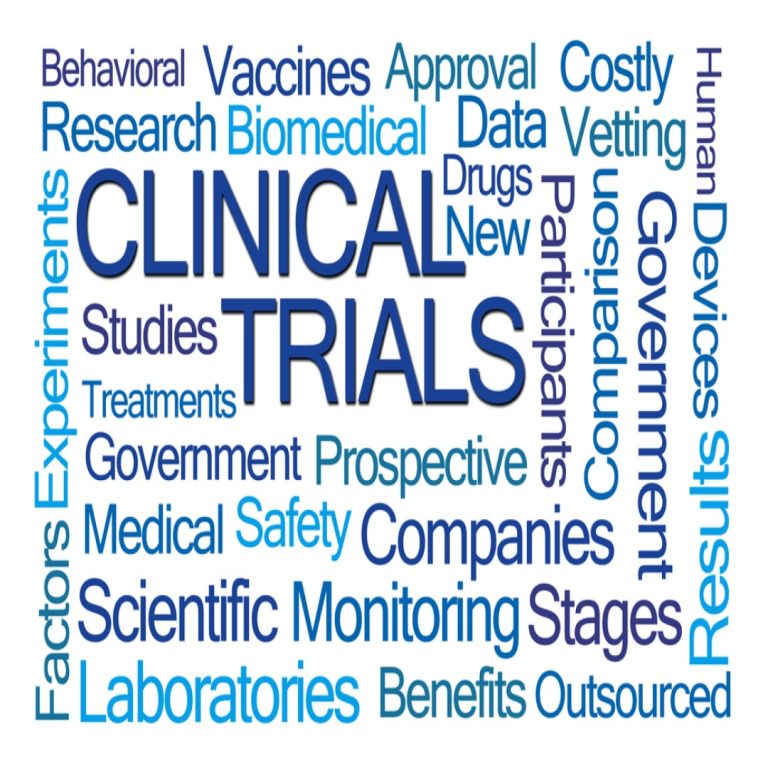
On Oct. 9, 2003, a Canadian-led international clinical trial found that post-menopausal survivors of early-stage breast cancer who…
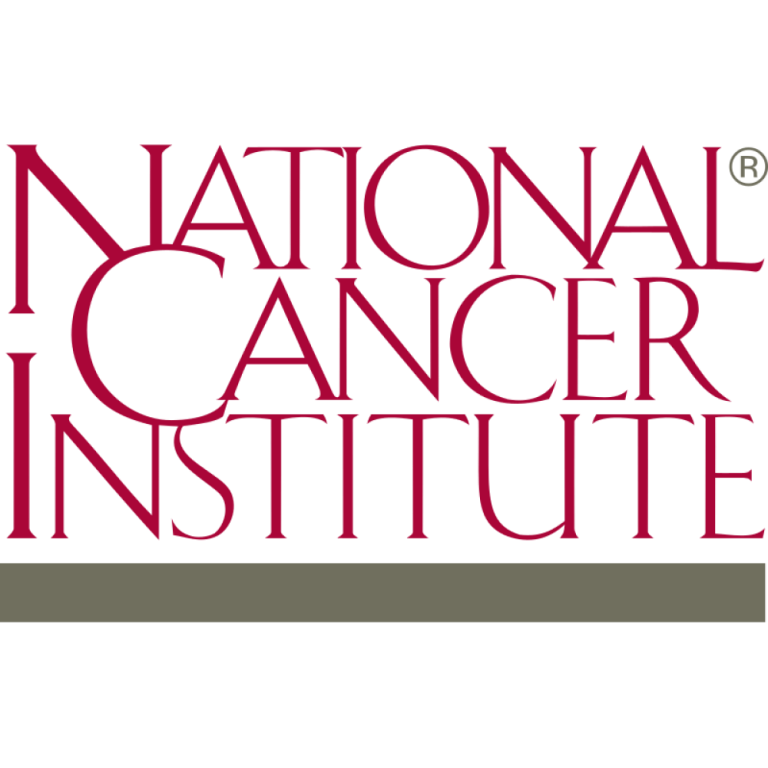
On Sept. 3, 2003, the death rates from the four most common cancers, – lung, breast, prostate, and…
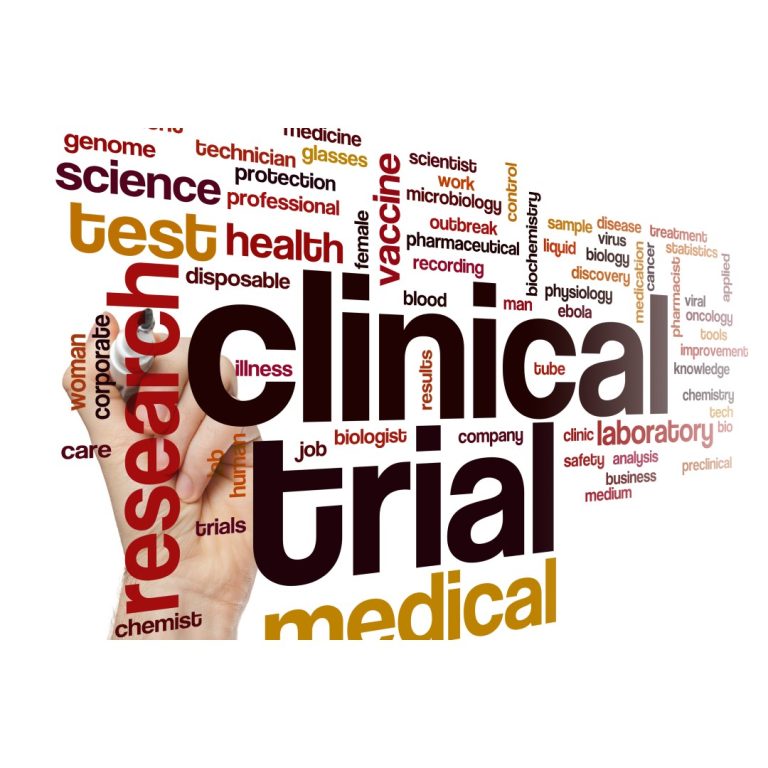
On Jun. 5, 2003, data from the Prostate, Lung, Colorectal, and Ovarian Cancer Screening Trial gave fresh insight…

On Dec. 12, 2002, the National Cancer Institute (NCI) announced that a clinical trial had shown that reducing…
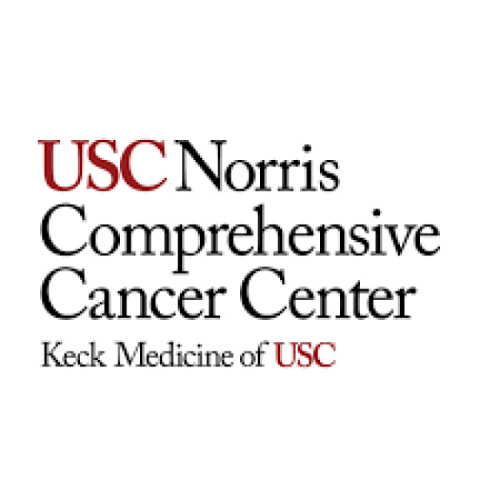
On Mar. 26, 2005, The University of Southern California/Norris Comprehensive Cancer Center in Los Angeles announced a $15…

On Sept. 4. 2001, the National Cancer Institute (NCI) and the American College of Radiology Imaging Network launched…
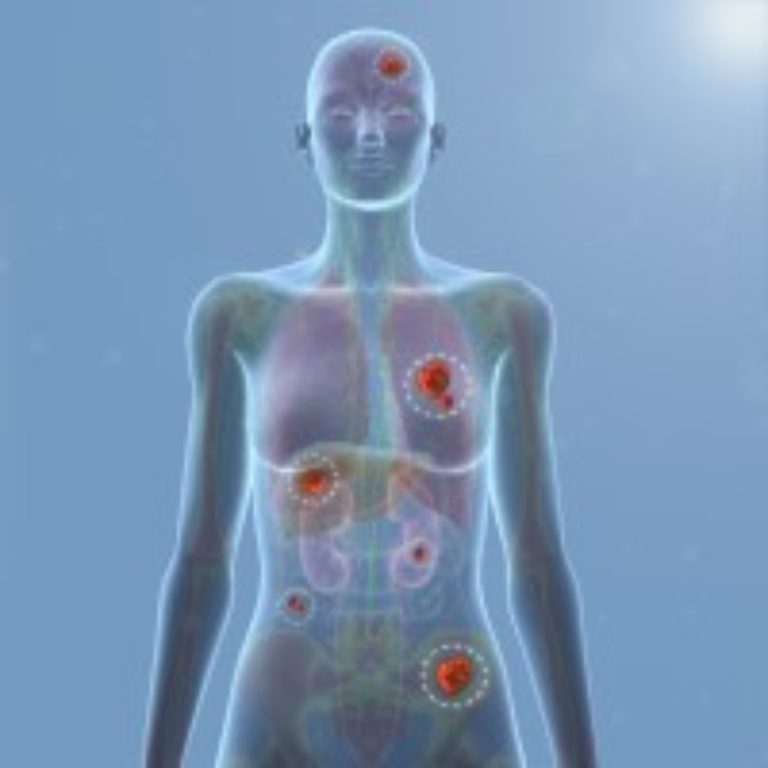
On May 24, 2001, Dr. Eldon Jupe and a team of Oklahoma Medical Research Foundation (OMRF) researchers found…

On Jul. 28, 2000, President Bill Clinton signed into law the Semipostal Authorization Act (P.L. 106-253), which gave…

On May 25, 1999. the Study of Tamoxifen and Raloxifene, or STAR, one of the largest breast cancer…

In 1999, Siteman Cancer Center investigators joined the STAR (Study of Tamoxifen and Raloxifene) trial for breast cancer…

On Sept. 25, 1998, the U.S. Food and Drug Administration (FDA) approved the monoclonal antibody Herceptin (Trastuzumab) for…

On Sept. 14, 1998, researchers from the Breast Cancer Prevention Trial (BCPT) published a full report and update…
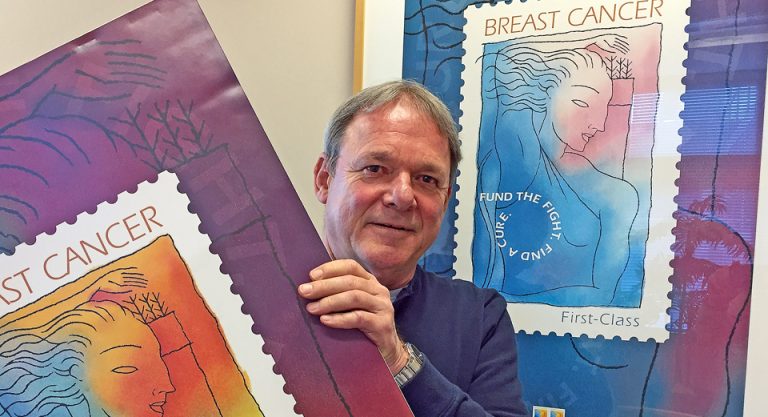
On Jul. 29, 1998, the Stamp Out Breast Cancer stamp was first issued. The driving force behind the…

In 1998, the Mammography Quality Standards Reauthorization Act (MQSA) was passed by the U.S. Congress and continued the…